Blind Crocheters and Visually Impaired People Who Crochet
Plus Liza's Story, an Excerpt from Crochet Saved My Life, and more about the benefits of crafting
You don’t have to be able to see to crochet. You can feel your way through the work. In fact, many people who crochet are blind – either because they were born that way or because they experience macular degeneration over time. For many, including those who are blind or visually impaired, crochet isn’t just about creating something beautiful—it’s about reclaiming control and finding peace in a world that often feels out of reach. Many older people with limited eyesight can no longer drive or do other daily things but they can still crochet. Here is a collection of stories I’ve learned over the years about inspiring blind and visually impaired crocheters.
The Healing Power of Crochet
Kay Foster is an example of someone who didn’t let her vision loss stop her from picking up a crochet hook. Instead, she embraced it as a new challenge, something that brought structure to her day when everything else felt like it was slipping away. Crochet became her refuge, a way to connect with the world around her when it seemed so far out of reach. Every blanket she crafted was more than just a piece of fabric—it was a testament to her resilience, a reminder that even when life narrows your vision, there’s still a whole world to create within the span of your hands.
Anna Murphy found that crochet was the perfect antidote to the anxiety that often accompanies vision loss. As her sight diminished, the familiar motion of yarn through fingers became a form of meditation, a way to keep the anxiety at bay. Anna’s hands moved with purpose, creating blankets for charity, each one a soft, comforting reminder that she could still bring warmth to others, even when her own world was growing dim. Crochet offered her a way to cope, to find strength in the simple act of making something beautiful out of the challenges she faced.
Then there’s Angela Phang, a woman who, despite being legally blind, has turned crochet into a tool for giving back. Angela crochets colorful afghans to support local charities. Her work has been exhibited at Coral Gables Museum, and she’s even won top honors in a national arts competition for the blind. But what stands out most about Angela is her unwavering spirit of generosity—she continues to create, donate, and inspire, even as she navigates her own life challenges, including a home in need of repairs and the daily difficulties of living alone.
Adaptation and Innovation in Crochet
One of the most remarkable aspects of crochet is its adaptability. The craft can be modified to suit the needs of those with visual impairments, making it accessible to anyone willing to learn. Techniques like using different textures of yarn, working with larger hooks, and relying on muscle memory enable those who cannot see to still create intricate, beautiful pieces.
Beverly Lewis is a perfect example of how crochet can be adapted to meet the needs of those with limited vision. Beverly learned to crochet after losing her sight, guided by the hands of someone at her church. Through touch and repetition, she mastered the basic stitches, and soon she was creating blankets that held deep personal significance. The blanket she made for her pastor was more than just a gift—it was a symbol of her determination, of her ability to overcome the limitations imposed by her blindness. Beverly didn’t stop there; she continued to crochet gifts for her fifteen siblings, each piece a labor of love, crafted with care and perseverance.
Tina Young is a volunteer who teaches crochet, knitting, and looming to visually impaired New Yorkers. Tina doesn’t just lead a class—she builds a community. Her approach is simple yet profound: she uses touch to guide her students, helping them to “see” through their hands. The result? A class with a waitlist and participants who are not just learning to create, but also learning to give back. Many of the items they craft, from hats to scarves, are donated to those in need, extending the impact of their work far beyond the classroom.
Building Connections Through Crochet
Crochet isn’t just about creating objects; it’s about building connections—with oneself, with others, and with the broader community. For many, this craft becomes a way to reach out and touch the lives of others, to share warmth, comfort, and love.
Patricia Belcher, who has been legally blind since birth, embodies the spirit of connection that crochet fosters. Patricia’s dream of breaking the world record for the longest crochet chain might seem ambitious, but for her, it’s about more than just setting a record. It’s about the journey—the connections she’s made along the way, the support she’s received, and the way crochet has brought her closer to others who share her passion. Through this project, Patricia has woven a community around her, each stitch a link in a chain that connects her to a world of fellow crocheters, each one cheering her on as she reaches for her goal.
Gina Pontelandolfo found a way to contribute to a global community through her involvement in the crochet coral reef project in Melbourne. Gina, who has been slowly losing her vision due to a rare genetic condition, channels her creativity into crafting intricate pieces for this environmental art project. Her work on the crochet coral reef illustrates how crochet can be a medium for raising awareness about important issues, while also fostering a sense of global connectedness.
Crochet as a Lifeline
For many, crochet becomes a lifeline during life’s most difficult moments. The simple act of creating something with one’s hands provides not only a distraction from pain but also a way to channel emotions into something positive.
Donna Harrison found herself turning to crochet when faced with a cancer diagnosis. Despite losing her sight, Donna discovered that the familiar motions of crocheting brought her comfort when everything else seemed uncertain. Each stitch became a way of coping, a method of regaining some control over a life that was spiraling out of her grasp. Crochet wasn’t just a way to pass the time—it was a crucial part of her healing process, a way to hold onto her dignity and peace in the midst of chaos.
Terra Taylor, a young grandmother, also turned to crochet during a challenging time in her life. After losing sight in one eye due to an accident and facing further vision loss from macular degeneration, Terra could have easily given up. But instead, she picked up her crochet hook and began crafting items for charity. For Terra, crochet wasn’t just a way to pass the time—it was a way to regain control, to find purpose in a world that was becoming increasingly difficult to navigate. Each item she made was a gift to someone in need, and through these acts of kindness, Terra found strength and resilience.
Liza’s Story from Crochet Saved My Life
In my research for my book Crochet Saved My Life, I met a wonderful woman named Liza who shared her story of using crochet to help deal with the terrific anxiety she experiences when she goes through temporary bouts of blindness due to a currently undiagnosed medical condition. Here is some of what Liza shared.
“The first time I lost my eyesight I thought I was also going to lose my mind. As a mother of two, a wife, a gardener, a professional, a crafter and a volunteer, my eyes are everything. I sat in my living room thinking of all the plans I had for the day and how nothing was going to get done, that day or perhaps ever. As I sat there, my foot hit the basket at the side of my sofa and there I found a purse I had been working on for a piece of sanity. I started to work on it. Very slowly I began to feel the stitches in my hands, the rounds, and the growth of the project.
I felt the need of the yarn to form each stitch, very slowly at first and soon with ease, which worried me. It became easier and easier and I was certain that someone was going to ask me what was the mess I was making. The purse was a simple messenger style bag made with half double crochets. My vision began to return slowly, first in gray colors and then sepia tones. I didn't dare look at the project I was working on for the mess that I thought I would see, so I continued with my eyes closed. Day 3 since that first episode I finally peered in the basket … not bad. My bag was almost complete! I was impressed. Not so much with the fact that I had been able to crochet while blind, but with the fact that those first forty-eight hours just flew by.
Crocheting kept me busy counting, feeling the stitches back and forth to make certain that I had not skipped or doubled, and keeping the yarn from knotting. I had no time to feel pity and worry about what was to come. I had no time to make lists of everything I had to do. I just needed to concentrate for those two days on my project; I needed to know that I was still useful. Once I realized that I could crochet simple projects without my eyes, I knew I could do other things too.”
Liza may not have had anxiety before her illness but it’s understandable that it set in when she found herself going blind. She didn’t know if the blindness would pass. She didn’t know what it would mean for her life if it didn’t. Anyone would get anxious about that. Liza found that crochet helped her and she has been able to use that to help her ever since.
If you read this far, perhaps you liked the work. The work does take work. It only continues with support, so please consider subscribing. My annual rate starts at $10 per year.
References:
The original article I wrote on this topic on my now-defunct crochet blog, via Wayback
"Creating Purpose and Social Connection Through Crocheting and Knitting for People with Visual Impairments" - Kendra Farrow, Mississippi State University
"Teaching the Blind to Knit" - Knitting and Crochet Forum
"Getting Started – Knitting Resources for Blind and Low-Vision Knitters" and Working out Kinks and Fingering Yarn
"KNOTTY TWIST: Local blind woman opens new knitting and yarn store in downtown Pocatello" - Idaho State Journal
"Seniors build lasting friendships through crocheting class in Crown Heights, Brooklyn" - ABC7 New York
"Angela Phang, Crochet Machine" - Miami Herald




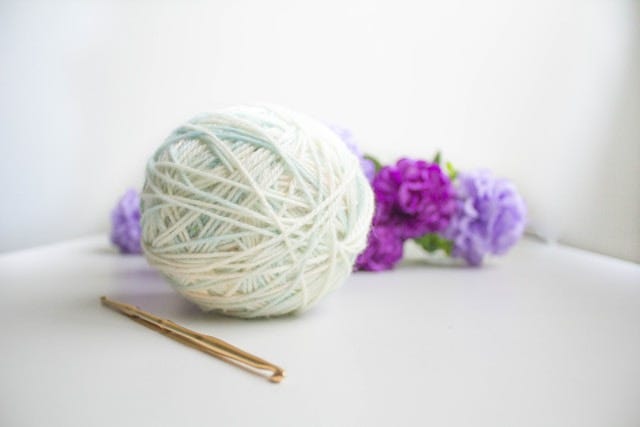

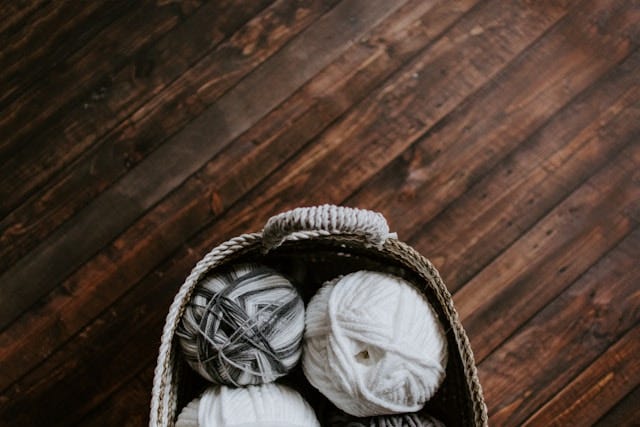
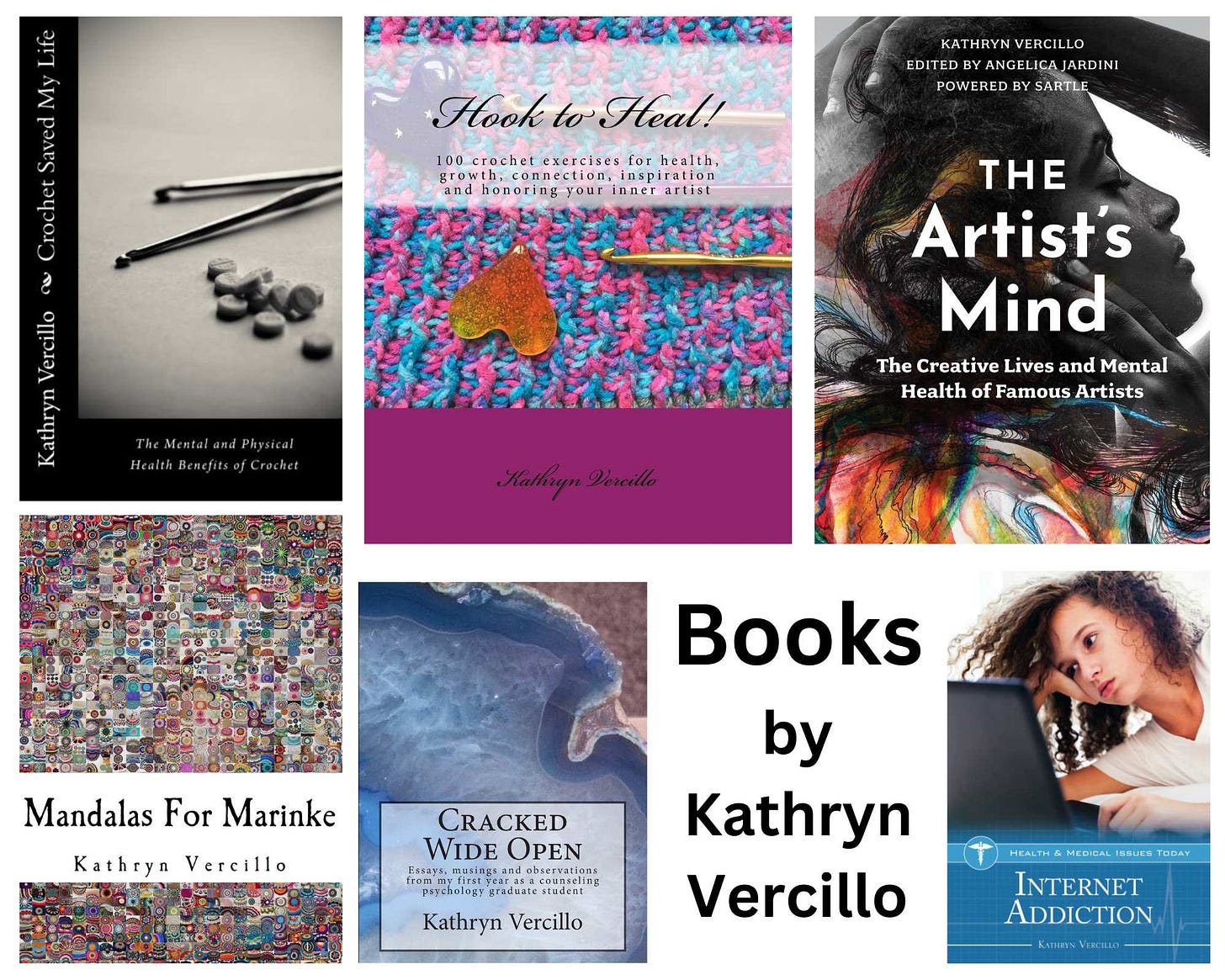
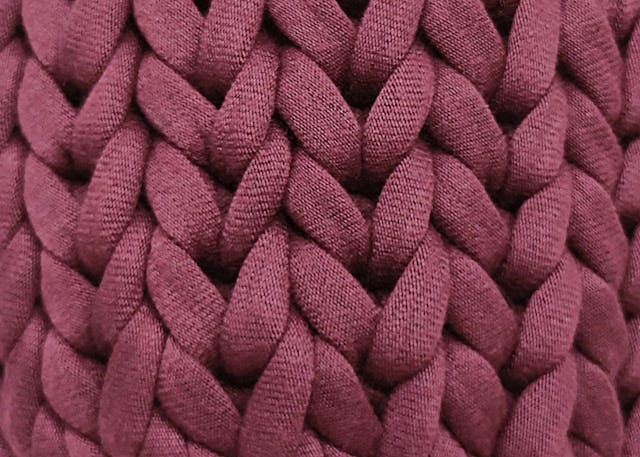


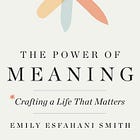
Wonderful stories - Thank you for sharing these.
Losing my sight is a real fear of mine (for genuine reasons) so it is reassuring to read about these experiences from these strong, inspiring people! I know how crochet has helped me so far, and would hate to lose it.
Informative